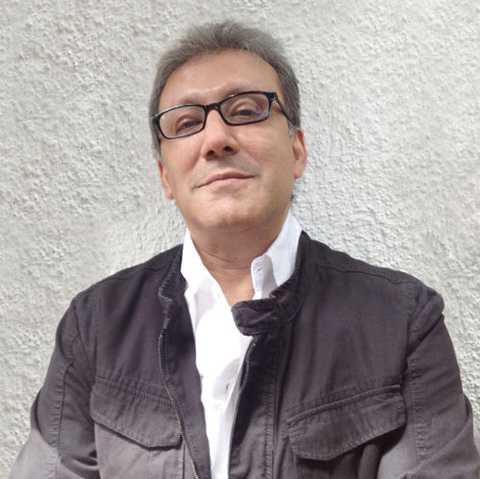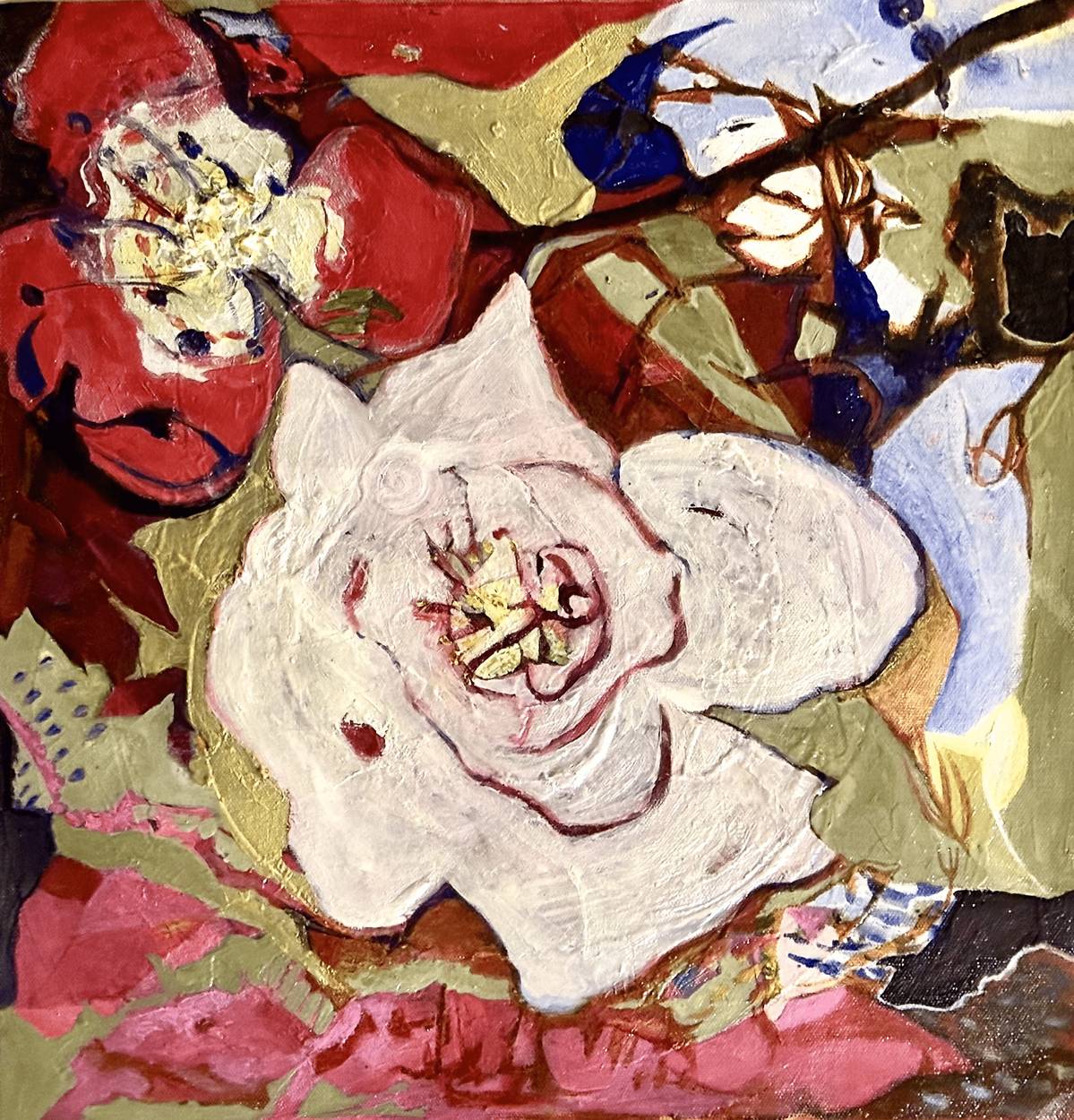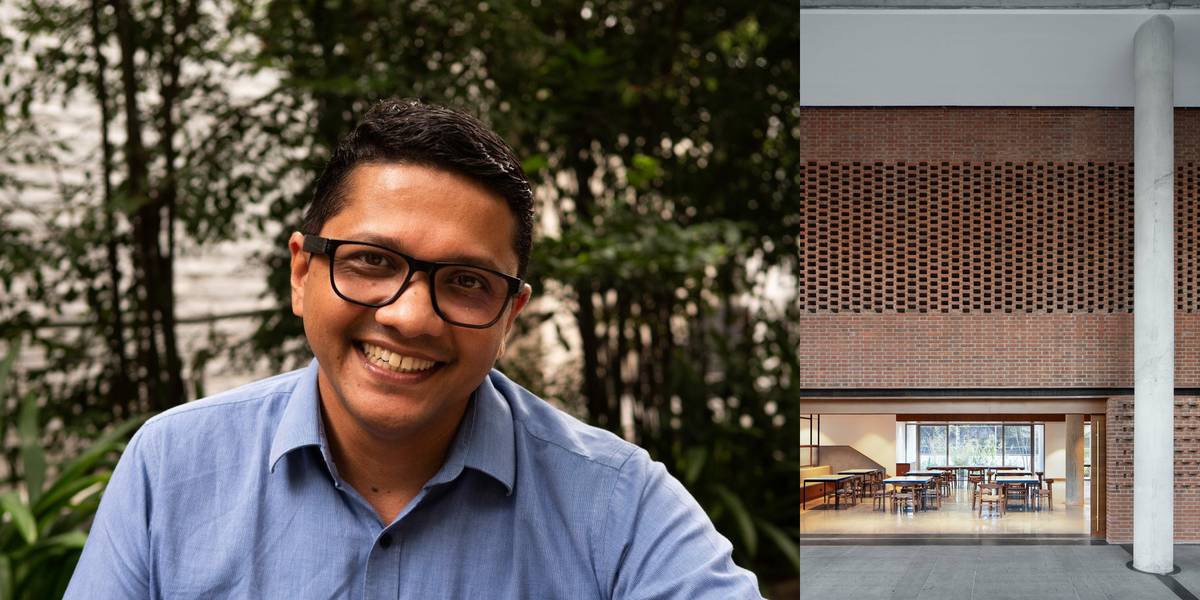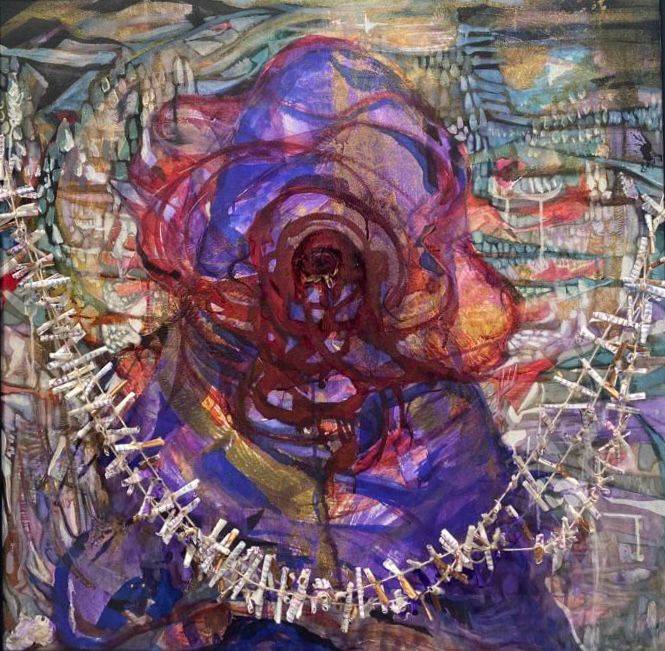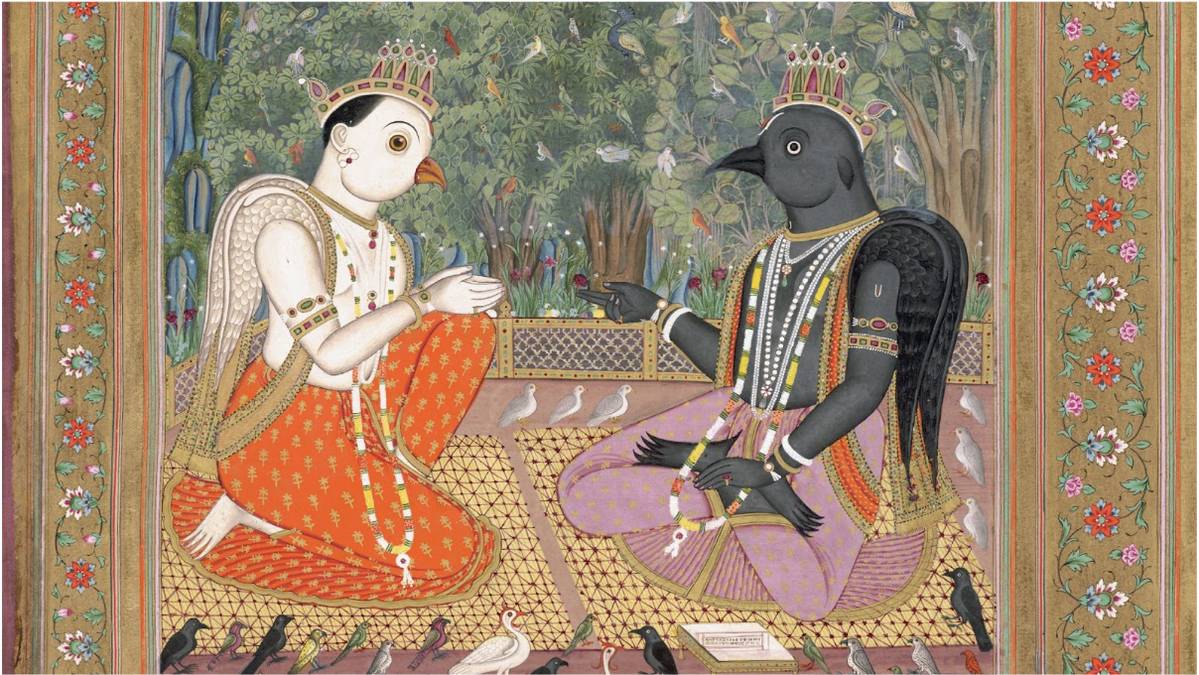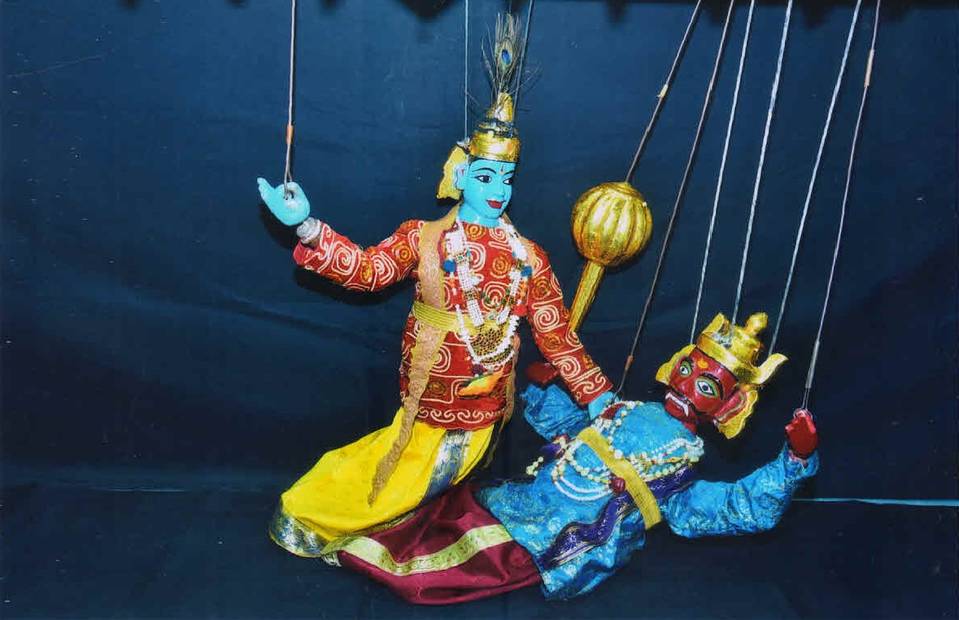"Broken" By Asha Thadani Is Compelling And Distressing
To document these stories, Thadani travelled to the heart of these communities, She lived among them—at times spending nearly a month in the middle of nothing and nowhere. For all the painful stories that are captured in the photographs, there are the fascinating experiences that she had on the road. Sometimes serendipitous, and often distressing.
Nov 24, 2023, 17 35 | Updated: Dec 07, 2023, 19 36
Asha Thadani, Bangalore-based photographer and formidable talent, unveils her powerful and evocative photography exhibition, "Broken"—a visual narrative set to unfold at the India Habitat Centre in New Delhi from 23rd November through 07 January 07, 2024.
This extraordinary exhibition comprises ten compelling series of photographs—each series illuminating the shattered lives of Dalits across India, shedding light on their struggles, resilience, and the profound societal subjugation they endure due to the harsh constraints of caste.
Thadani's photographs are exceptional for the reason that they capture something deep in her subjects… the life story in their eyes. Sometimes their eyes show fortitude, defiance and survival; but often, only despair, hopelessness and an acceptance of their destiny. But it is a hopelessness that no sentient adult and no compassionate heart should tolerate.

Even though the result is a portal to the depths of her subjects' souls, Thadani’s effort is first, that of visual documentation.
To document these stories, Thadani travelled to the heart of these communities, She lived among them—at times spending nearly a month in the middle of nothing and nowhere.
For all the painful stories that are captured in the photographs, there are the fascinating experiences that she had on the road. Sometimes serendipitous, and often distressing.
At times, her calling was not unlike that of a patient wildlife photographer who waits for a moment with the big cat. In Asha’s case, it could mean waiting to see if the diver would recover a corpse from the riverbed of the Ganges the next day.
Or endure the proximity of crude open ovens, where young men performed the job of burning the heads of goats to harvest the brains—young men, whose faces were charred from the heat, and why they accepted their life expectancy was no more than young middle age; only because a Dalit is expected to perform the most hazardous task.
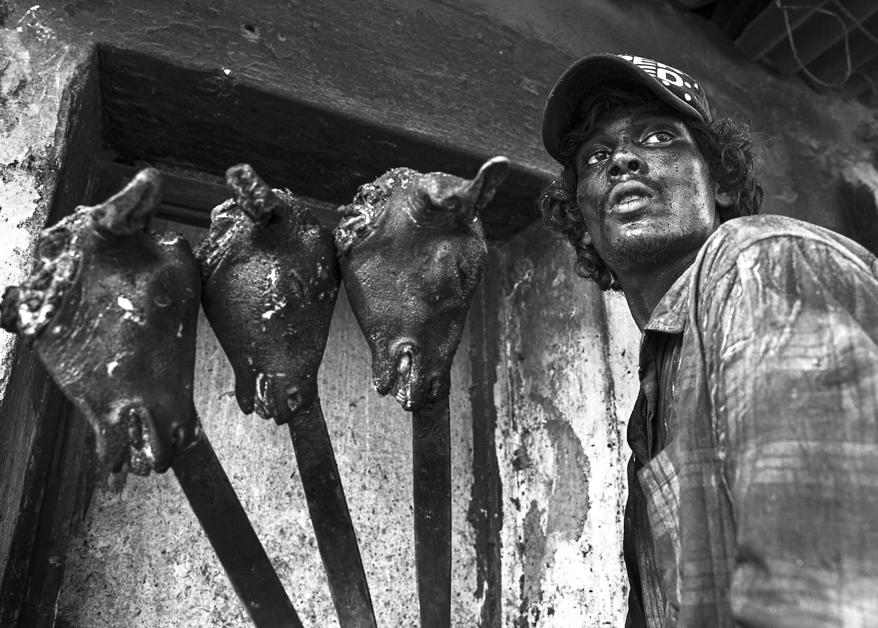
Or capture the fading innocence of a six-year-old girl who works in the coalfields of Jharia in Jharkhand. A beautiful young cherub who will not know the love and support so many of us receive without having to ask.
The moments of serendipity came from the young, serene Buddhist monks, defiant devotees of an ideal rather than idols, women in Tamil Nadu who are hired to be professional mourners—wailing loud tears and chanting a mournful dirge to someone they had never known before.

One particularly compelling episode unfolds with a community that is obliged to trap and eat rats in the fields, for sustenance. Sometimes when they clear the rat burrows, they get lucky and chance upon the grain the rats have stored. Sometimes when it’s slushy in the rain, they must work harder.
To supplement their income, the young rat catchers dress up in drag and dance for the wealthy and powerful men of the village, all for a few rupees.
One of these men—who was getting ready for the performance and dressing as a woman—noticed Asha putting on her lipstick. He asked her how much the lipstick cost. Asha could not bring herself to mention the price; but when she gave him a number which was a fifth of the real. price, his eyebrows shot up in shock. Accustomed to locally made dyes, any figure seemed exorbitant.
In a charming twist of fate, the man now proudly owns Asha's red Chanel lipstick.
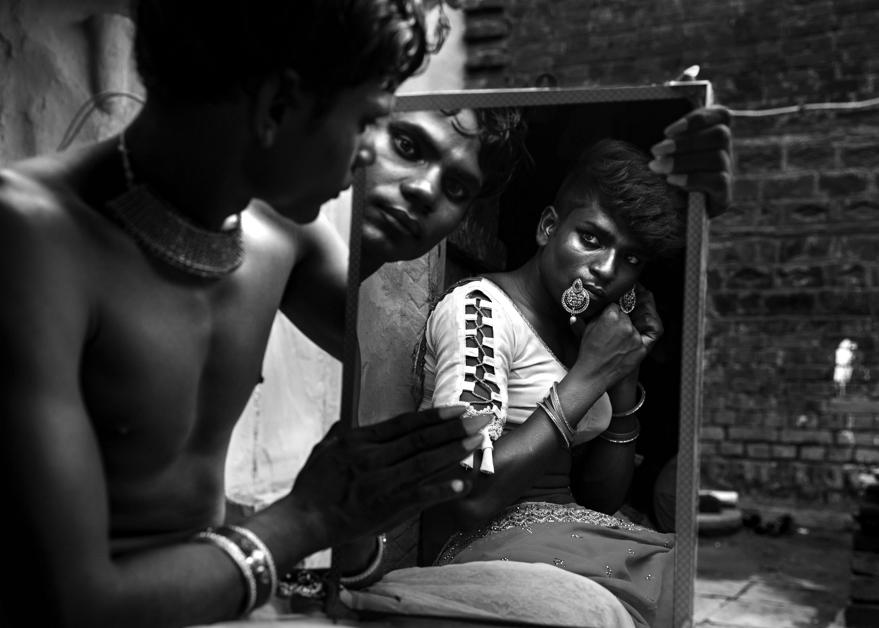
Each photograph in each series invites the audience to engage in a profound dialogue about societal fractures that have kept Dalits as sub-humans. And the exhibition serves as a compelling reminder. A reminder to do our bit towards repairing the broken pieces of their lives.
